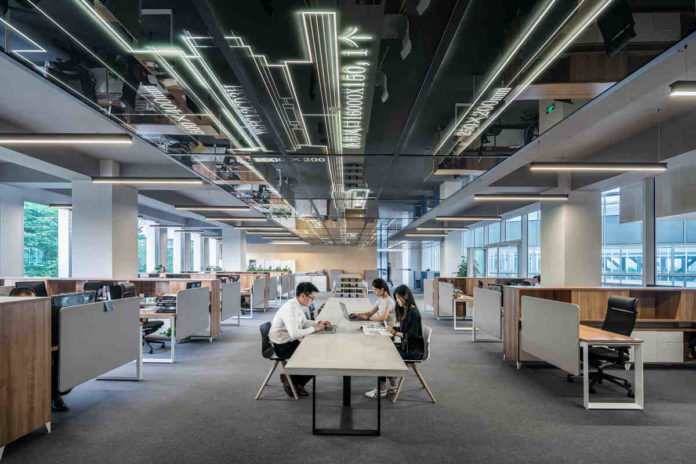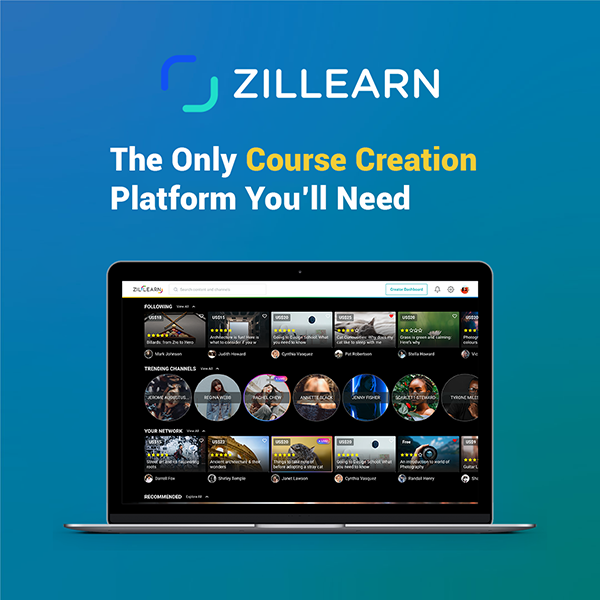Workplace learning is often misunderstood.
From onboarding new employees, training the workforce in new processes to grooming the next generation of leadership, organizations have basic L&D needs. Often, workplace learners are put through LMS programs to be certified as “trained.”
On the surface, workplace learning programs assume that workers are upskilled or reskilled, addressing the organization’s needs. Despite course completion, the true benefit in terms of performance from workplace learning will only be assessed afterward in the context of real work in real-time.
That said, what is learned is often out of date before too long.
“Information is exploding yet its shelf-life is decreasing,” said Jane Hart, an expert on modern workplace learning.
“Some skills will only have an 18-month window before they’re out of date. The implications are huge for every individual about constantly learning and relearning. Organizations and individuals will need to be continuously improving learning,” Hart said.
According to the Organization for Economic Cooperation and Development (OECD), workplace learning should be organized, structured, and has learning objectives. From the learner’s standpoint, learning is always intentional, with the explicit objective to gain knowledge, skills, and/or competencies.
The International Labor Organization (ILO) has a slightly different view, defining workplace learning as acquiring knowledge or skills by formal or informal means that occurs in the workplace. It includes both formal on-the-job training and informal workplace learning.
OECD implies that workplace learning is not learning unless it is structured and intentional. But is it presumptive to claim that actual learning occurs? While teaching may have taken place, learning outcomes may not have been met.
Workplace learning expert Stephen Billett said that workplace learning should be intentional to make the most of the affordances for learning at work. However, whatever the environment — work, classroom, or online learning — there will always be informal, unintended learning taking place.
Tune into learning
The usual approach to L&D is to make it programmatic and episodic. Workplace learning programs are often linear and have a clearly defined end goal, concluded by a test and a certificate signifying competency.
For multinational companies, training modules should undergo content localization to communicate effectively with geographically dispersed and multicultural learners.
Workplace learning programs are welcomed by managers and administrators looking to show that their workforce has been trained. But when it comes to the real-world application of newly learned skills, there may be a disconnect.
Most of what is taught in formal employee training sessions are often forgotten upon stepping out of the classroom or after the last screen of an online learning course.
In reality, the best learning comes from doing it on the job, far from the classroom or LMS. Relationships are important, and learning is often informal and personal: a “show me” tip from a colleague that sparks a realization of what works.
An example of effective workplace learning during the pandemic was Singapore’s security services provider Certis. Learning modules on donning PPE over their specialized uniforms were delivered just-in-time to company-issued mobile devices.
That piece of just-in-time learning is relevant and memorable because it was acquired when it mattered — to solve an immediate task. The question: how can informal just-in-time learning be captured and shared widely as vital microlearning bites of knowledge?
Don’t stop learning
Traditional training programs are episodic. But learning is a continuum. Individual learners are always at various stages of learning. For a group of learners, there is never a baseline starting point.
Nigel Paine, author of “Workplace Learning: How to Build a Culture of Continuous Employee Development” is against the “misguided massification” of workplace learning in “trying to do as much as you could to as many people as possible” and advocated for more personalization of learning.
“AI directed learning allows something to be just for me, just right, just in time, just when I have a problem or an issue,” said Paine. “And that development is unstoppable because it makes learning far more efficient.”
Learners come from different experiences and have different levels of competence. Workplace learning that takes a one size fits all approach in uniformity will not achieve a uniform outcome.
Successful learners in the workplace are driven by an inner desire to upskill and reskill. They will search for what they need to excel in the context of the workplace. Given systems in which they can interact with what they are learning, from complex AR/VR systems to simple microlearning in small bites.
Learning in this way is a dialogue between the organization and the worker. There’s no final word, no fixed endpoint. A lesson for learning and development is that it doesn’t conclude with a final examination or the pomp and circumstance that comes with awarding a certificate.
Learning carries on, and it carries on in the context of work.




